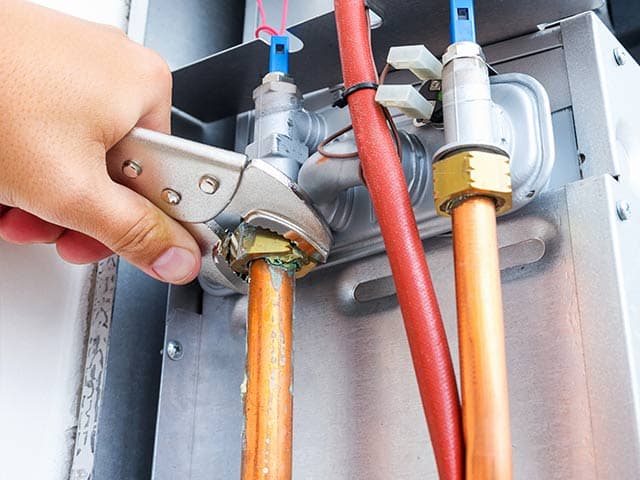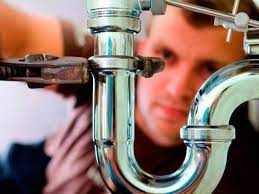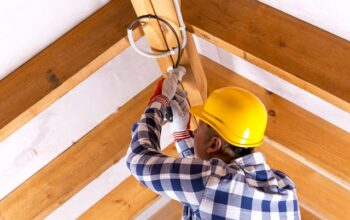In the realm of home maintenance, the ability to tackle basic plumbing tasks is a valuable skill that every homeowner should possess. Whether you’re dealing with a leaky faucet, a clogged drain, or a running toilet, having a foundational understanding of do-it-yourself (DIY) plumbing can save you time and money. This article will provide beginners with essential tips and guidance to embark on their journey into the world of DIY plumbing.
Understanding Basic Plumbing Tools
Before diving into specific tasks, it’s crucial to familiarize yourself with basic plumbing tools. A well-equipped toolbox will empower you to handle various plumbing issues effectively. Some essential tools include a plunger, adjustable wrench, pipe cutter, pipe wrench, and plumber’s tape. Knowing how to use these tools correctly is the first step towards successful DIY plumbing.
Fixing Common Plumbing Issues
1. Dealing with a Leaky Faucet
A dripping faucet not only wastes water but can also lead to higher utility bills. Begin by turning off the water supply to the affected faucet. Next, dismantle the faucet handle using a screwdriver. Identify and replace the worn-out washer, ensuring a snug fit. Reassemble the faucet, turn the water supply back on, and observe for any leaks.
2. Unclogging a Drain
A clogged drain is a prevalent issue that can be resolved with minimal effort. Start by using a plunger to create a seal and exert pressure to dislodge the blockage. If that doesn’t work, consider using a chemical drain cleaner or a homemade solution of baking soda and vinegar. For stubborn clogs, a drain snake can be employed to physically remove the obstruction.
3. Fixing a Running Toilet
A running toilet is not only annoying but can lead to water wastage. Lift the toilet tank lid and inspect the flapper valve and chain. Adjust or replace them if necessary. If the issue persists, check the fill valve and adjust the water level accordingly. These simple adjustments can often resolve the problem without professional assistance.
Safety Precautions
While DIY plumbing can be empowering, safety should always be a priority. Always turn off the water supply before attempting any repairs. Additionally, use caution when working with tools to avoid injuries. If a task seems too complex or you’re unsure, don’t hesitate to seek professional help. If you are interested in learning more about plumbing, check out abacusplumbing.com/plumbing/plumbing-repair/.

Seeking Professional Help
While many plumbing tasks can be handled independently, some issues require the expertise of a professional plumber. If you encounter a plumbing problem beyond your skill level or if there’s a risk of causing further damage, it’s advisable to contact a licensed plumber. Attempting complex repairs without the necessary experience can lead to more significant issues and additional expenses.
Conclusion
Mastering DIY plumbing is a rewarding endeavor that can save you money and enhance your confidence as a homeowner. By understanding basic plumbing tools, tackling common issues, prioritizing safety, and knowing when to seek professional help, beginners can navigate the world of plumbing with ease. Remember, practice and patience are key to becoming proficient in DIY plumbing.





